Home>Technology>Home Entertainment Systems>How Do I Turn My Phone Into A Projector
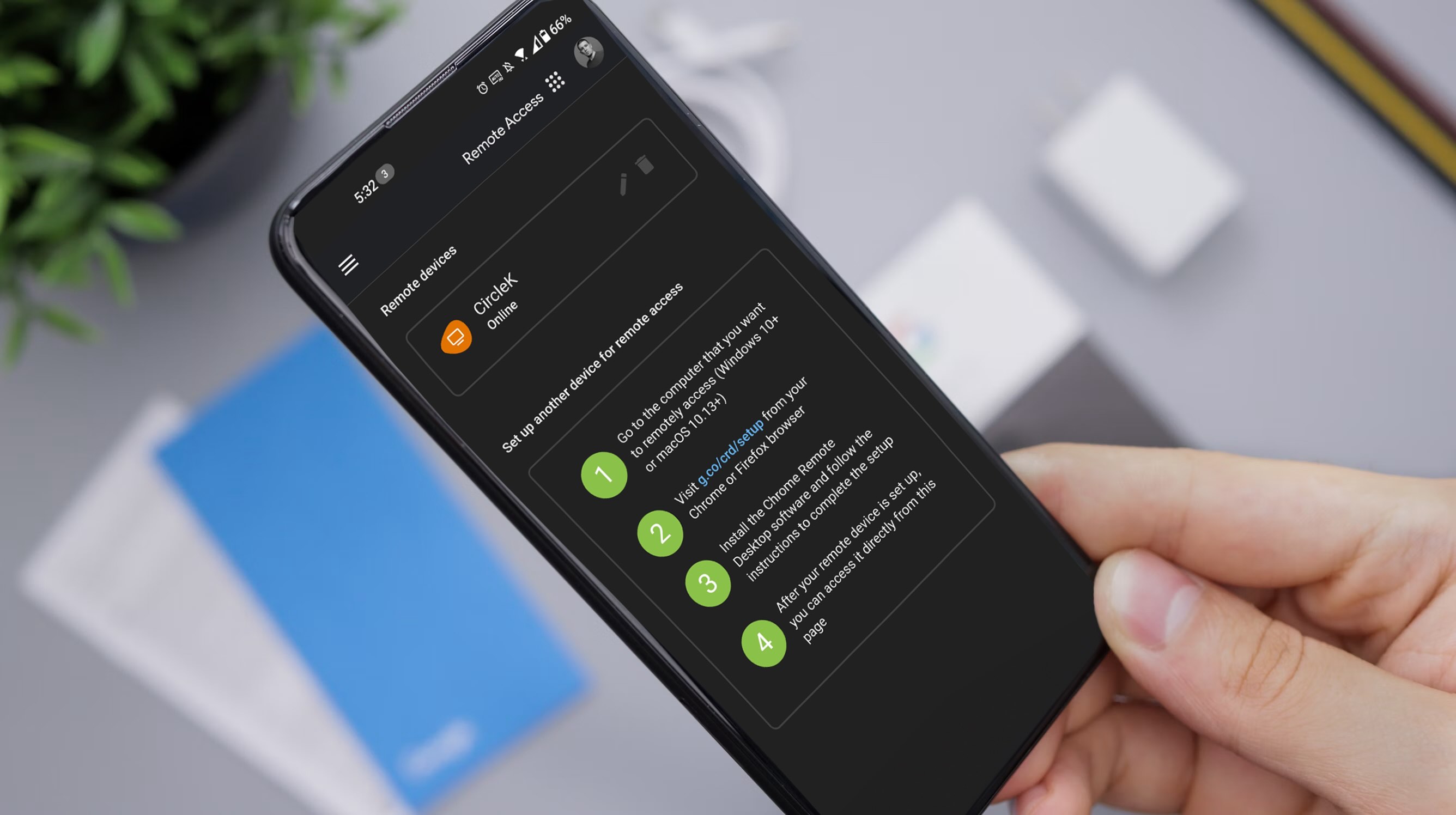

Home Entertainment Systems
How Do I Turn My Phone Into A Projector
Modified: February 26, 2024
Learn how to turn your phone into a projector and enhance your home entertainment system with these simple tips and tricks. Transform your viewing experience today!
(Many of the links in this article redirect to a specific reviewed product. Your purchase of these products through affiliate links helps to generate commission for Storables.com, at no extra cost. Learn more)
Introduction
Welcome to the world of innovative entertainment solutions! In this digital era, our smartphones have become indispensable tools, serving as our communication hubs, personal assistants, and now, with the right technology, even projectors. The ability to transform your phone into a projector opens up a world of possibilities, from impromptu movie nights with friends to professional presentations on the go.
In this comprehensive guide, we will delve into the fascinating realm of phone projectors, exploring the basics, app selection, optimal settings, and troubleshooting techniques. Whether you are a tech enthusiast eager to explore the latest advancements or a casual user seeking to unlock the full potential of your smartphone, this article will equip you with the knowledge and tools to harness the power of phone projectors.
So, grab your smartphone, buckle up, and get ready to embark on a journey that will revolutionize the way you engage with visual content. Let's dive into the captivating world of phone projectors and discover how to unleash their full potential.
Key Takeaways:
- Transform your smartphone into a projector for movie nights and presentations, unlocking endless possibilities for immersive visual experiences anytime, anywhere.
- Choose the right projector app and adjust settings to ensure vibrant and clear projections, while mastering troubleshooting techniques for seamless and enjoyable projection sessions.
Read more: How Do I Turn Off Alexa On My Phone
Understanding the Basics of Phone Projectors
Phone projectors, also known as smartphone projectors or mobile projectors, are compact devices that utilize the display capabilities of smartphones to project images and videos onto a larger surface, such as a wall or screen. These innovative gadgets leverage the powerful display technology found in modern smartphones, allowing users to amplify their viewing experience without the need for bulky traditional projectors.
One of the key components of phone projectors is their portability. Unlike traditional projectors, which often require complex setups and additional accessories, phone projectors are designed to be easily transportable, making them ideal for on-the-go use. Whether you are looking to enjoy a movie night in the great outdoors or deliver a captivating presentation during a business trip, phone projectors offer unparalleled convenience and versatility.
Phone projectors come in various forms, including standalone devices that connect wirelessly to smartphones and compact attachments that directly integrate with the phone itself. These diverse options cater to different user preferences and usage scenarios, ensuring that there is a phone projector solution for every need.
Furthermore, the advancement of projection technology has led to the development of high-quality phone projectors capable of delivering impressive image clarity and brightness. With features such as adjustable focus and keystone correction, users can fine-tune the projection to suit their specific environment, ensuring a visually stunning experience.
By understanding the fundamental principles behind phone projectors, users can appreciate the seamless integration of smartphone technology with projection capabilities. As we continue our exploration, we will delve deeper into the intricacies of selecting the right projector app and optimizing settings to unlock the full potential of phone projectors.
Choosing the Right Projector App
When it comes to transforming your phone into a projector, selecting the right projector app is crucial for achieving optimal performance and functionality. The app serves as the bridge between your smartphone and the projector, enabling seamless connectivity and efficient projection of content.
There is a diverse range of projector apps available across various app stores, each offering unique features and capabilities. To make an informed decision, consider the following factors when choosing a projector app:
- Compatibility: Ensure that the app is compatible with your smartphone model and operating system. Some apps may be tailored for specific devices or may have compatibility requirements that need to be met.
- Feature Set: Evaluate the features offered by the app, such as screen mirroring, multimedia file support, and projection customization options. Look for apps that provide a comprehensive set of tools to enhance the projection experience.
- User Interface: A user-friendly interface is essential for seamless navigation and control. Choose an app with an intuitive interface that simplifies the process of initiating and managing projections.
- Performance and Stability: Read user reviews and ratings to gauge the app’s performance and stability. Opt for apps that are known for their reliability and smooth operation, minimizing potential disruptions during projections.
- Additional Features: Some projector apps offer additional functionalities, such as remote control capabilities, multi-device connectivity, and screen recording. Assess whether these supplementary features align with your specific projection needs.
It’s important to note that some phone projectors may come with proprietary apps designed to optimize the projection experience with their respective devices. In such cases, leveraging the manufacturer’s recommended app can ensure seamless compatibility and enhanced performance.
Before finalizing your selection, consider experimenting with a few different projector apps to determine which one best aligns with your preferences and usage requirements. By exploring the available options, you can identify the app that offers the ideal combination of features, usability, and performance, empowering you to make the most of your phone projector.
As we move forward, we will delve into the intricacies of adjusting settings to achieve optimal projection quality and explore troubleshooting techniques to address common issues that may arise during projection sessions.
You can turn your phone into a projector by using a smartphone projector adapter or a DIY cardboard projector. Make sure to adjust the focus and brightness for the best results.
Adjusting Settings for Optimal Projection
Once you have chosen the right projector app, the next step in maximizing the potential of your phone projector is to fine-tune the settings for optimal projection quality. By customizing the settings to suit your environment and content, you can elevate the viewing experience and ensure that the projected images and videos are displayed with clarity and vibrancy.
Here are key settings to consider when adjusting your phone projector for optimal projection:
- Brightness and Contrast: Adjust the brightness and contrast settings to achieve a balanced and vibrant projection. In dimly lit environments, increasing the brightness can enhance visibility, while fine-tuning the contrast ensures that details are rendered with precision.
- Resolution and Aspect Ratio: Select the appropriate resolution and aspect ratio based on the content being projected. For videos, matching the aspect ratio to the source material prevents distortion, while optimizing the resolution ensures sharp and detailed visuals.
- Focus and Keystone Correction: Use the focus adjustment to sharpen the projected image, ensuring that text and visuals are crisp and clear. Additionally, utilize keystone correction to rectify any distortion caused by projecting at an angle, resulting in a geometrically accurate display.
- Color Calibration: Fine-tune color settings to achieve accurate color reproduction and vibrant imagery. Adjusting color temperature and saturation can significantly impact the overall visual appeal of the projected content.
- Ambient Light Compensation: Some phone projectors offer ambient light compensation settings, which automatically adjust the projection parameters based on the surrounding light conditions. Leveraging this feature can optimize visibility in diverse environments.
It’s important to consult the user manual or online resources specific to your phone projector model to fully understand the available settings and their impact on projection quality. Experimenting with different settings and observing their effects on the projected content can provide valuable insights into achieving the ideal projection configuration for various scenarios.
By mastering the art of adjusting projector settings, you can unlock the full potential of your phone projector, delivering captivating visuals that captivate your audience and elevate your viewing experiences.
As we progress, we will explore essential troubleshooting techniques to address common issues that may arise during projection sessions, ensuring a seamless and enjoyable projection experience.
Troubleshooting Common Issues
While phone projectors offer a convenient and versatile means of projection, it’s important to be prepared to address common issues that may arise during usage. By familiarizing yourself with troubleshooting techniques, you can swiftly resolve potential challenges and ensure that your projection sessions proceed seamlessly.
Here are some common issues encountered when using phone projectors and effective troubleshooting strategies to overcome them:
- Poor Image Quality: If the projected image appears blurry or lacks clarity, check the focus adjustment on the projector. Ensure that the lens is clean and free from smudges or debris that may affect image sharpness. Additionally, adjust the projector’s distance from the projection surface to achieve optimal focus.
- Connection Problems: If you encounter connectivity issues between your smartphone and the projector, verify that both devices are connected to the same Wi-Fi network or paired via Bluetooth, depending on the connectivity method supported by the projector. Restarting the devices and ensuring that they are within the recommended proximity can help establish a stable connection.
- Audio Playback Issues: When experiencing challenges with audio playback during projections, check the volume settings on both the smartphone and the projector. Ensure that the audio output source is correctly configured within the projector app to enable seamless audio transmission.
- Projection Distortion: If the projected image appears distorted or skewed, utilize keystone correction settings to rectify the distortion caused by projecting at an angle. Adjusting the projector’s position and orientation can also help align the projection for optimal viewing.
- Intermittent Connectivity: In cases where the projector intermittently loses connection with the smartphone, consider updating the projector app to the latest version and ensuring that the smartphone’s operating system is up to date. Software updates often include enhancements to connectivity and compatibility.
By proactively addressing these common issues and applying the recommended troubleshooting techniques, you can minimize disruptions and maximize the effectiveness of your phone projector. Additionally, familiarizing yourself with the user manual and online resources specific to your phone projector model can provide valuable insights into addressing unique challenges that may arise.
With a solid understanding of troubleshooting strategies, you can confidently embark on projection sessions, knowing that you are equipped to swiftly resolve any issues that may arise, ensuring a seamless and enjoyable projection experience.
As we conclude our exploration of phone projectors, we have unravelled the intricacies of transforming your smartphone into a powerful projection tool, from selecting the right projector app to adjusting settings and addressing common issues. Armed with this knowledge, you are well-prepared to harness the full potential of phone projectors and unlock a world of captivating visual experiences.
Read more: How Do I Connect My Boombox To My Phone
Conclusion
Congratulations on embarking on a captivating journey into the realm of phone projectors! Throughout this comprehensive guide, we have delved into the intricacies of transforming your smartphone into a versatile projection powerhouse, uncovering the fundamental principles, app selection strategies, optimal settings, and effective troubleshooting techniques.
By understanding the basics of phone projectors, you have gained insight into the seamless integration of smartphone technology with projection capabilities, unlocking a world of possibilities for immersive entertainment and professional presentations. The portability and advanced features of phone projectors empower you to enjoy captivating visual experiences anytime, anywhere, whether you are hosting a movie night under the stars or delivering a compelling business presentation on the go.
Choosing the right projector app is a pivotal step in maximizing the potential of your phone projector, and by evaluating compatibility, feature sets, user interface, performance, and additional features, you can identify the app that aligns with your specific projection needs, ensuring a seamless and efficient projection experience.
Adjusting settings for optimal projection quality allows you to fine-tune brightness, contrast, resolution, aspect ratio, focus, keystone correction, and color calibration to deliver captivating visuals with clarity and vibrancy. By mastering the art of adjusting projector settings, you can elevate your viewing experiences and captivate your audience with stunning imagery.
Furthermore, by familiarizing yourself with effective troubleshooting techniques, you are well-prepared to swiftly address common issues that may arise during projection sessions, ensuring a seamless and enjoyable projection experience.
As you venture forth with your newfound knowledge, remember that the world of phone projectors is brimming with innovation and endless possibilities. Whether you are an avid movie enthusiast, a dynamic presenter, or a tech-savvy individual seeking to amplify your visual experiences, the integration of smartphone technology with projection capabilities opens the door to a world of captivating and immersive content.
Armed with the insights and techniques presented in this guide, you are well-equipped to harness the full potential of phone projectors, transforming your smartphone into a powerful projection tool that unlocks a world of captivating visual experiences. Embrace the versatility, convenience, and advanced features of phone projectors, and embark on a journey filled with captivating projections and unforgettable moments.
So, go ahead, grab your smartphone, unleash the power of projection, and immerse yourself in a world where captivating visuals come to life with the touch of a button. The future of projection is in your hands, and the possibilities are limitless.
Frequently Asked Questions about How Do I Turn My Phone Into A Projector
Was this page helpful?
At Storables.com, we guarantee accurate and reliable information. Our content, validated by Expert Board Contributors, is crafted following stringent Editorial Policies. We're committed to providing you with well-researched, expert-backed insights for all your informational needs.
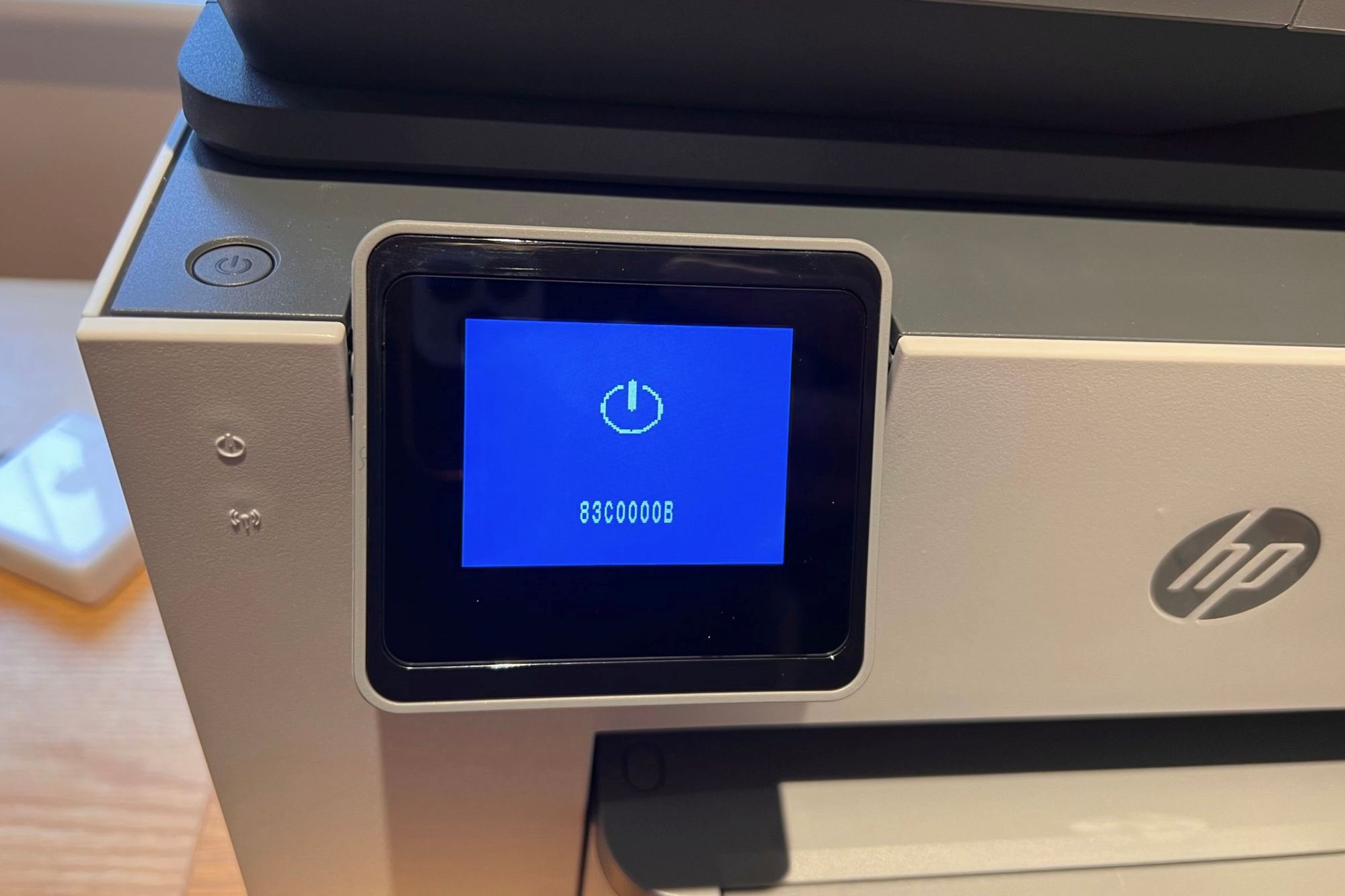
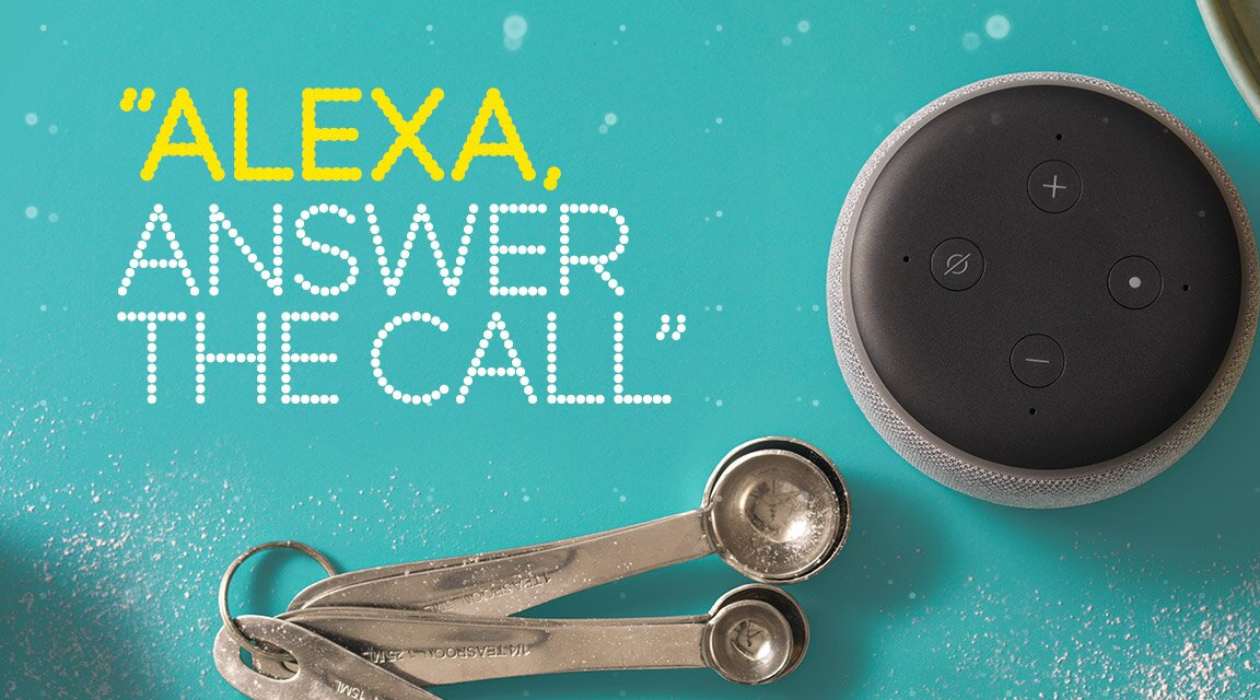
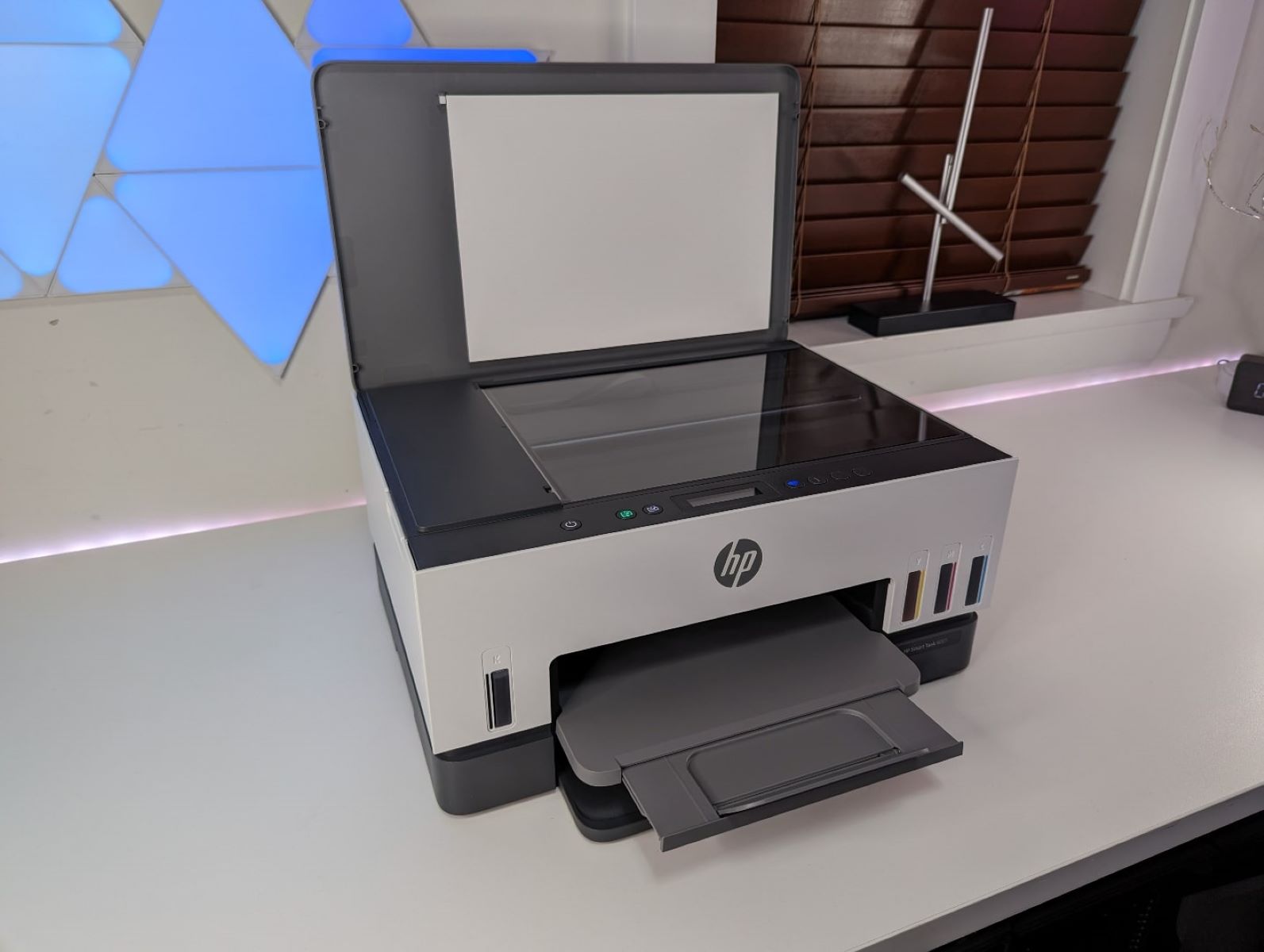
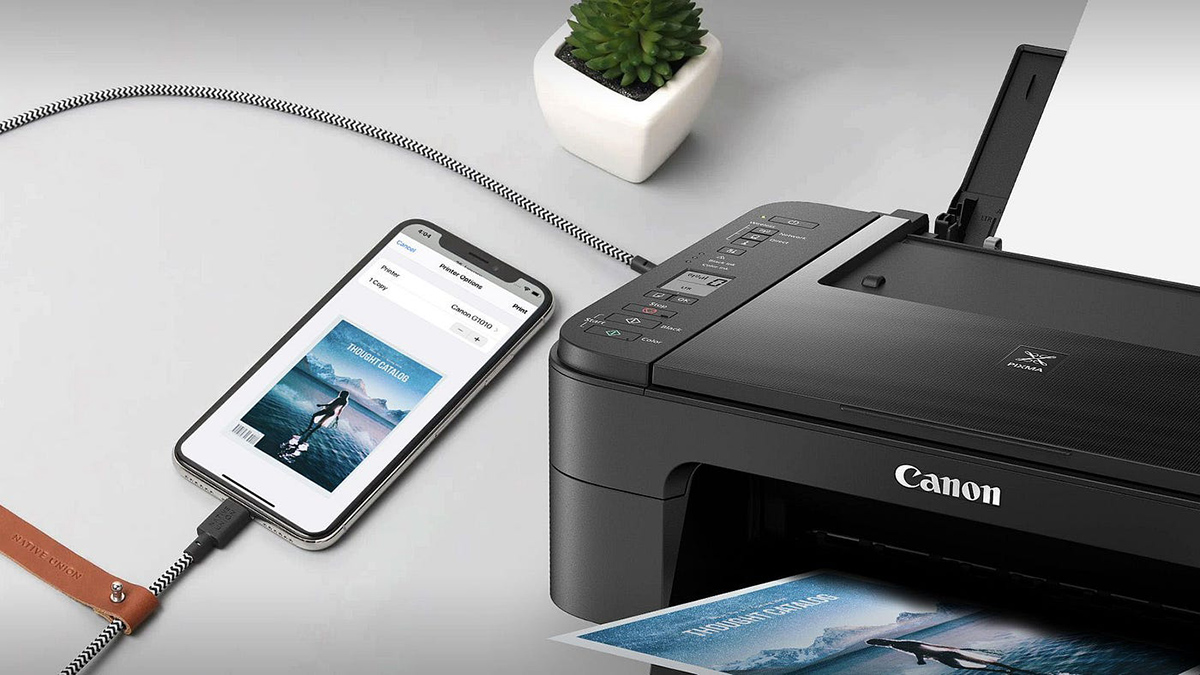
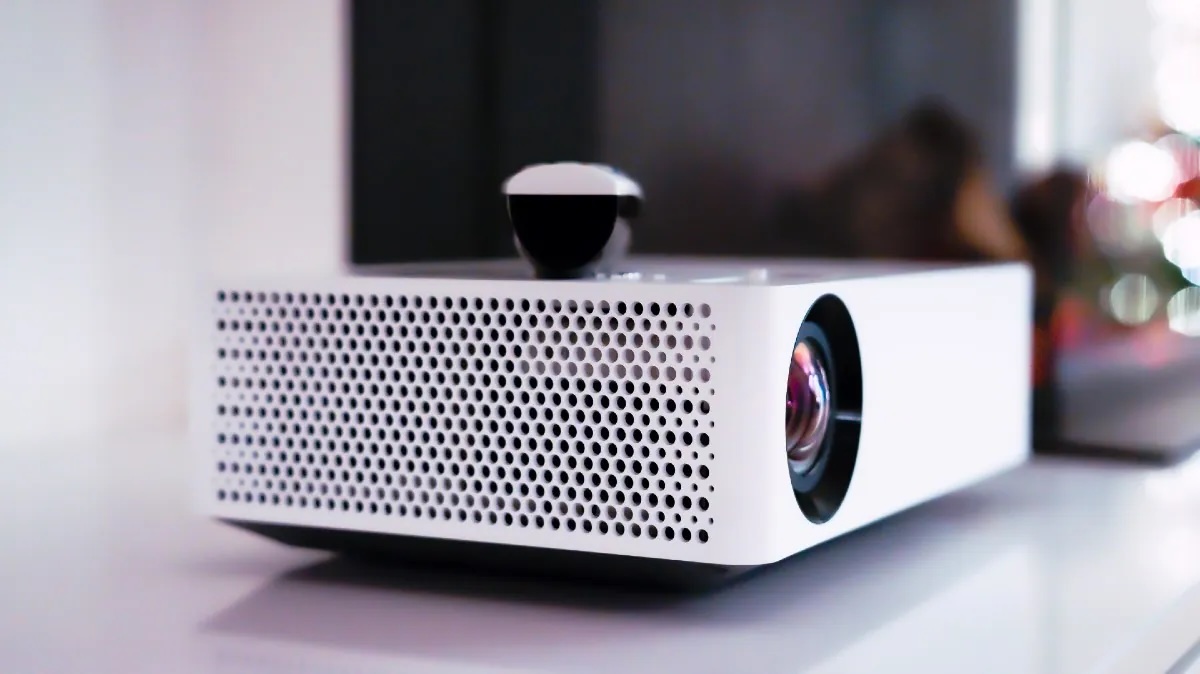
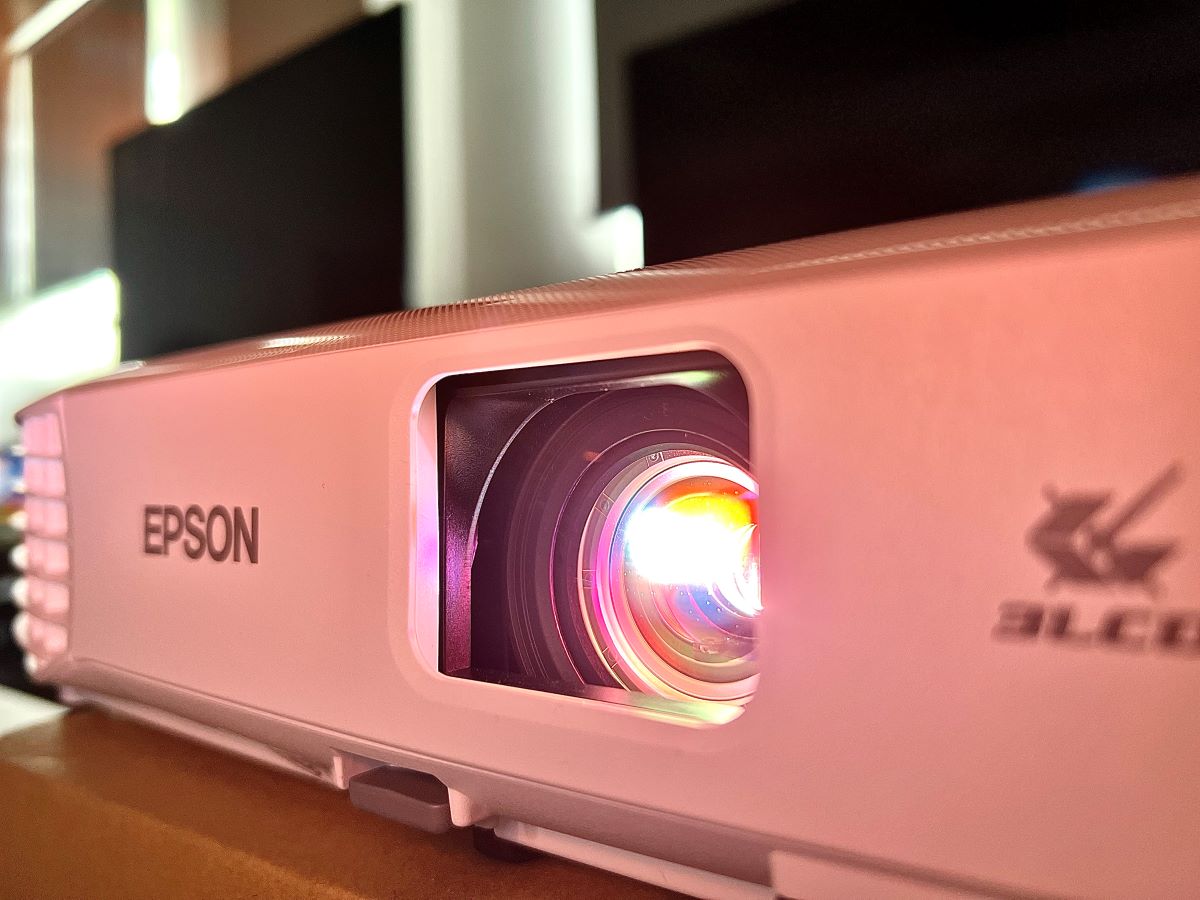
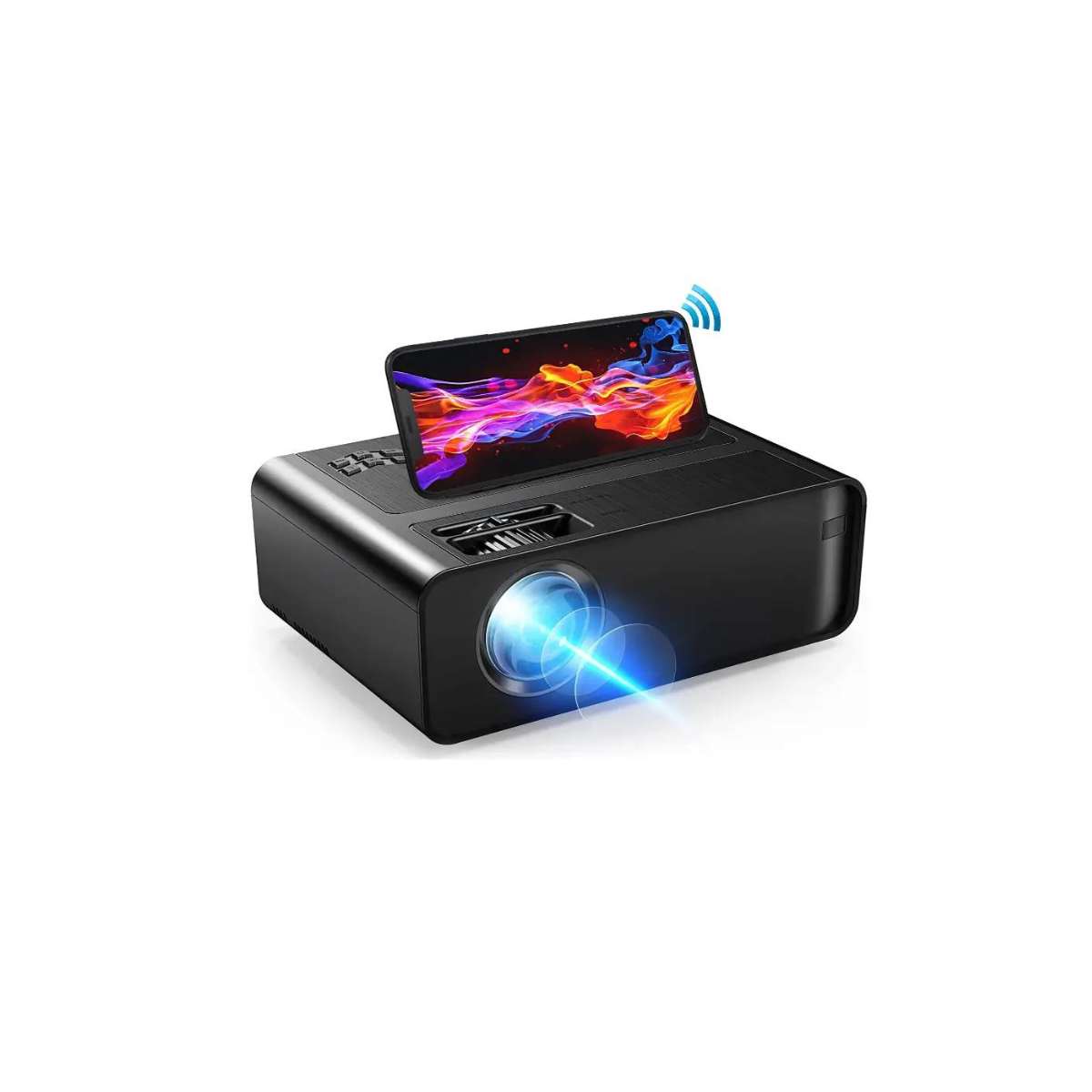
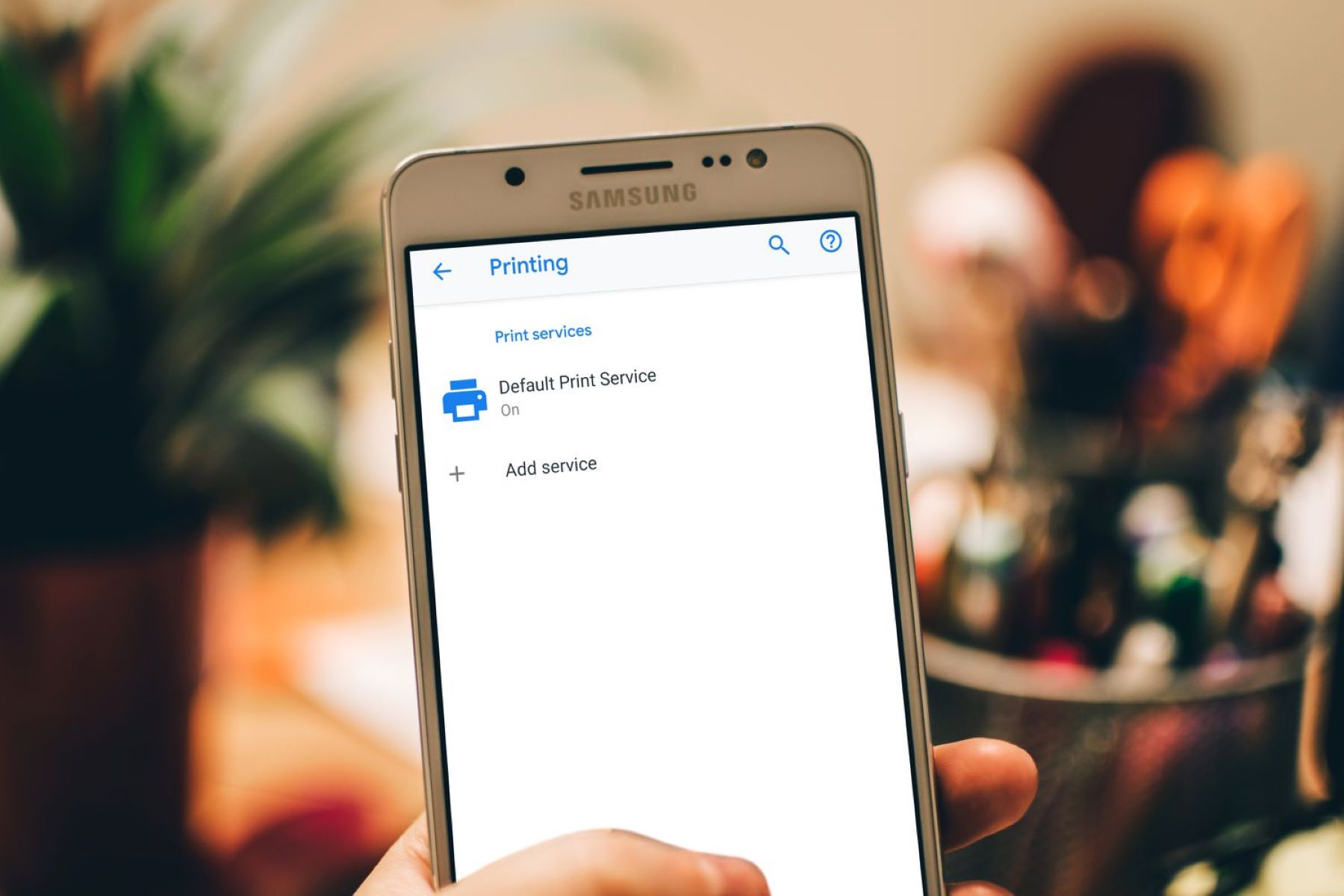
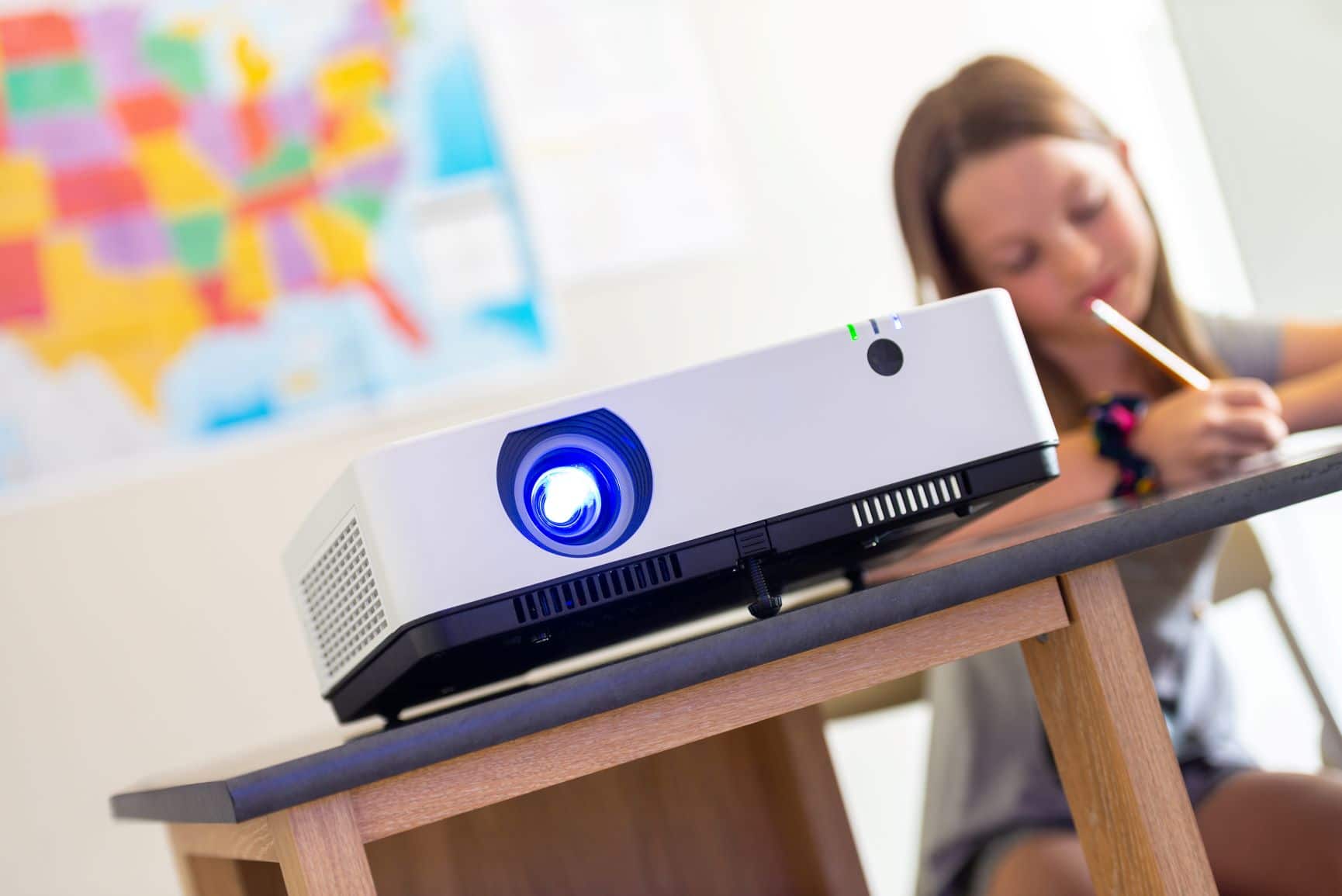
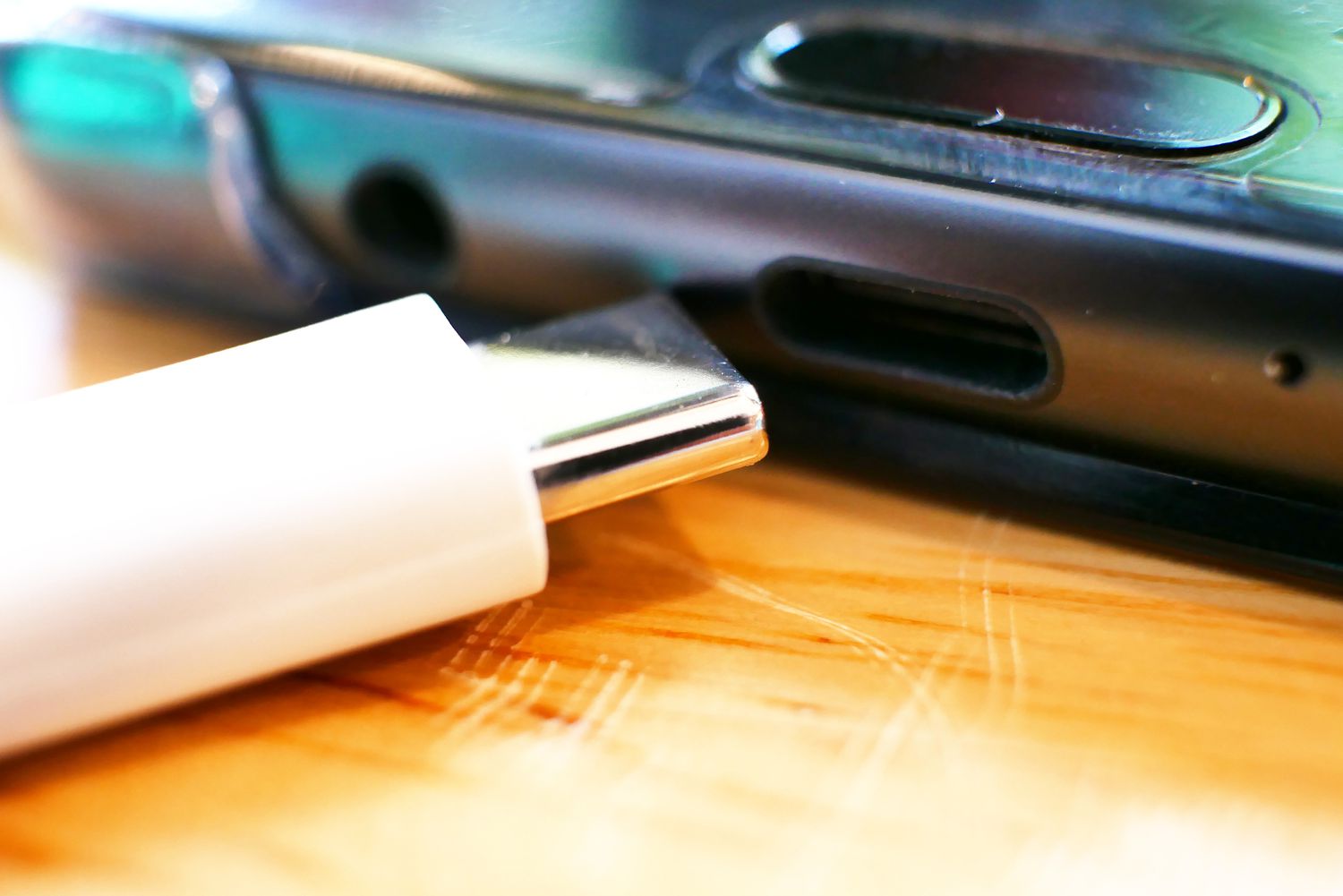
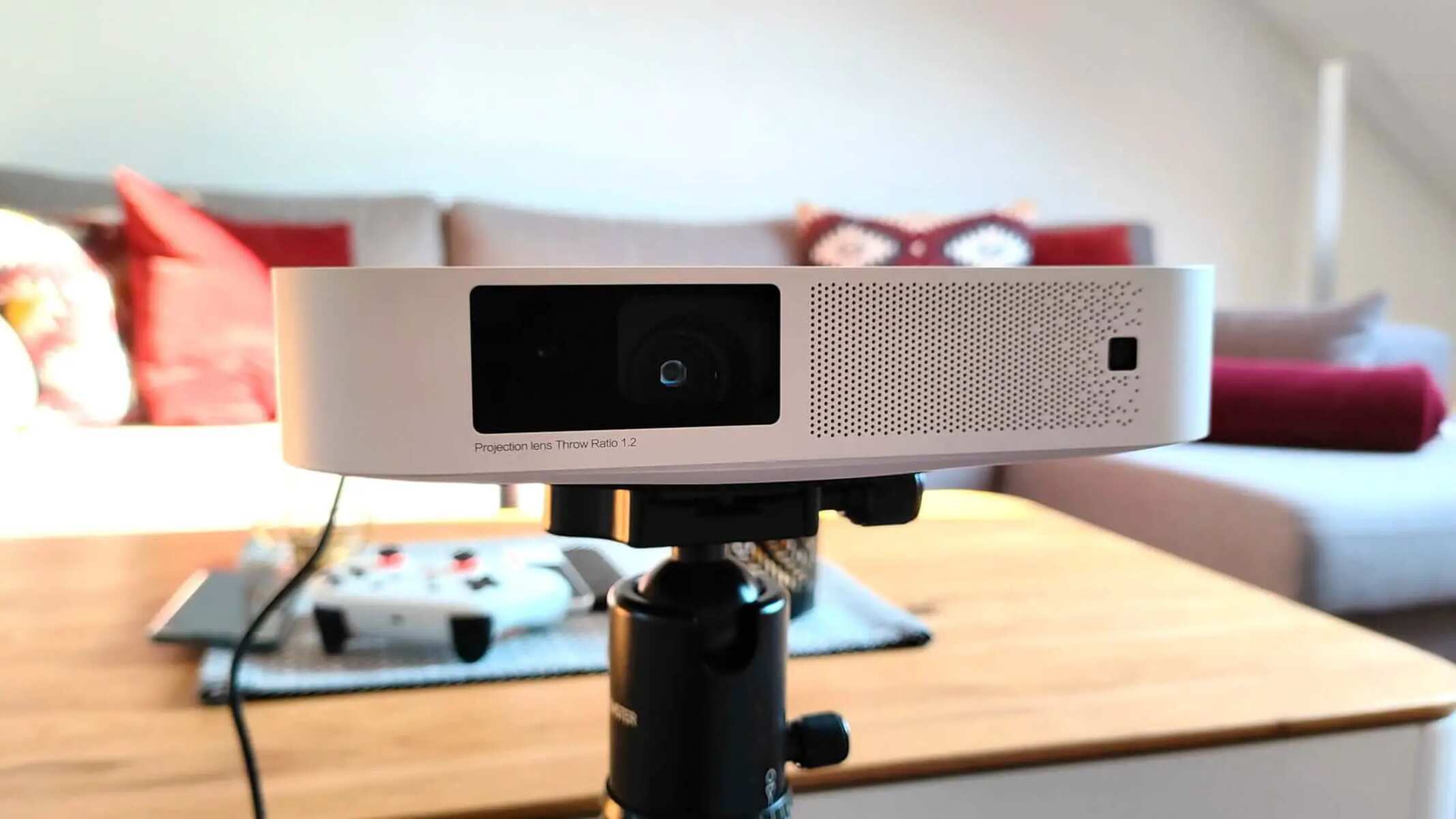
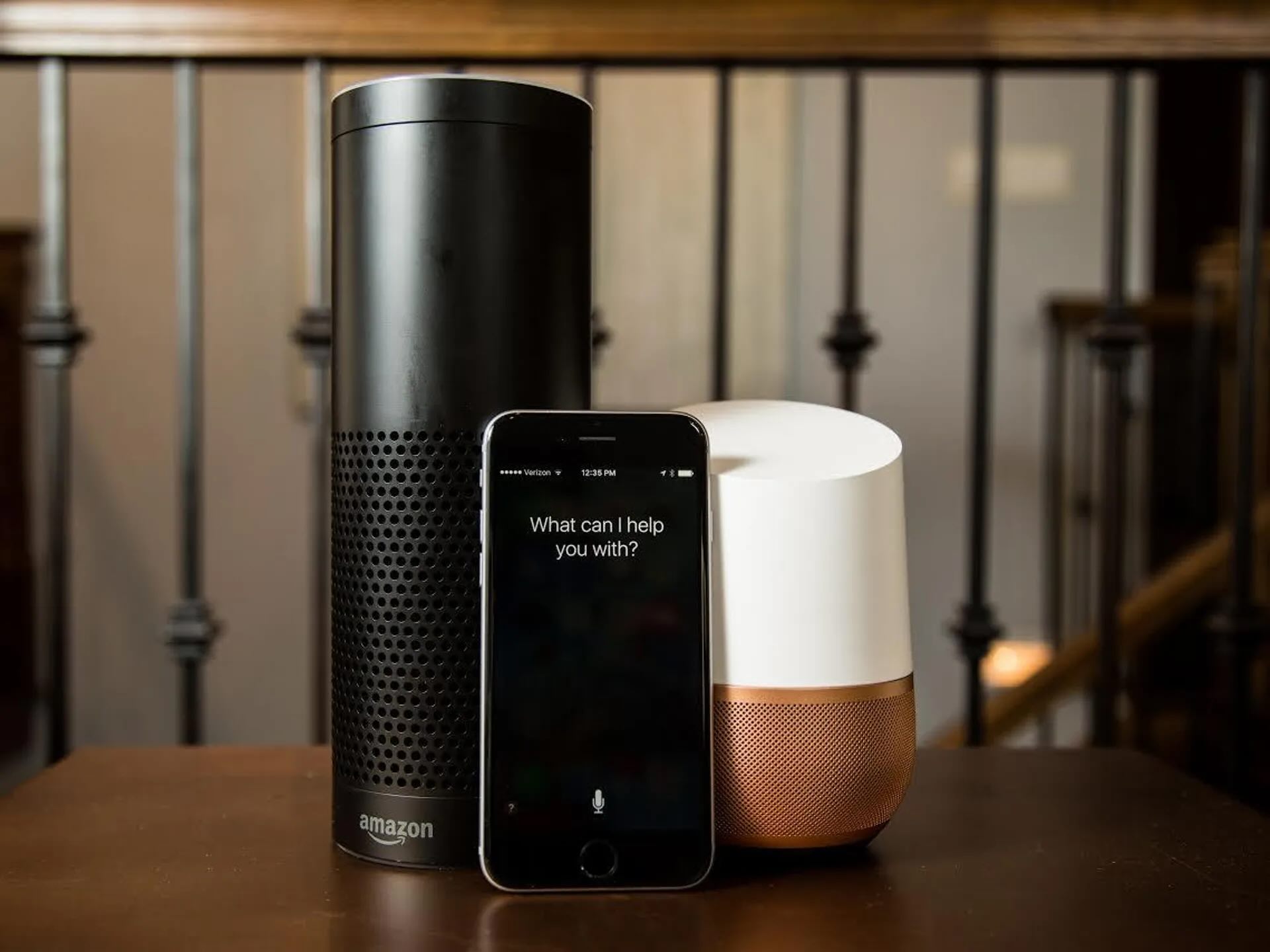
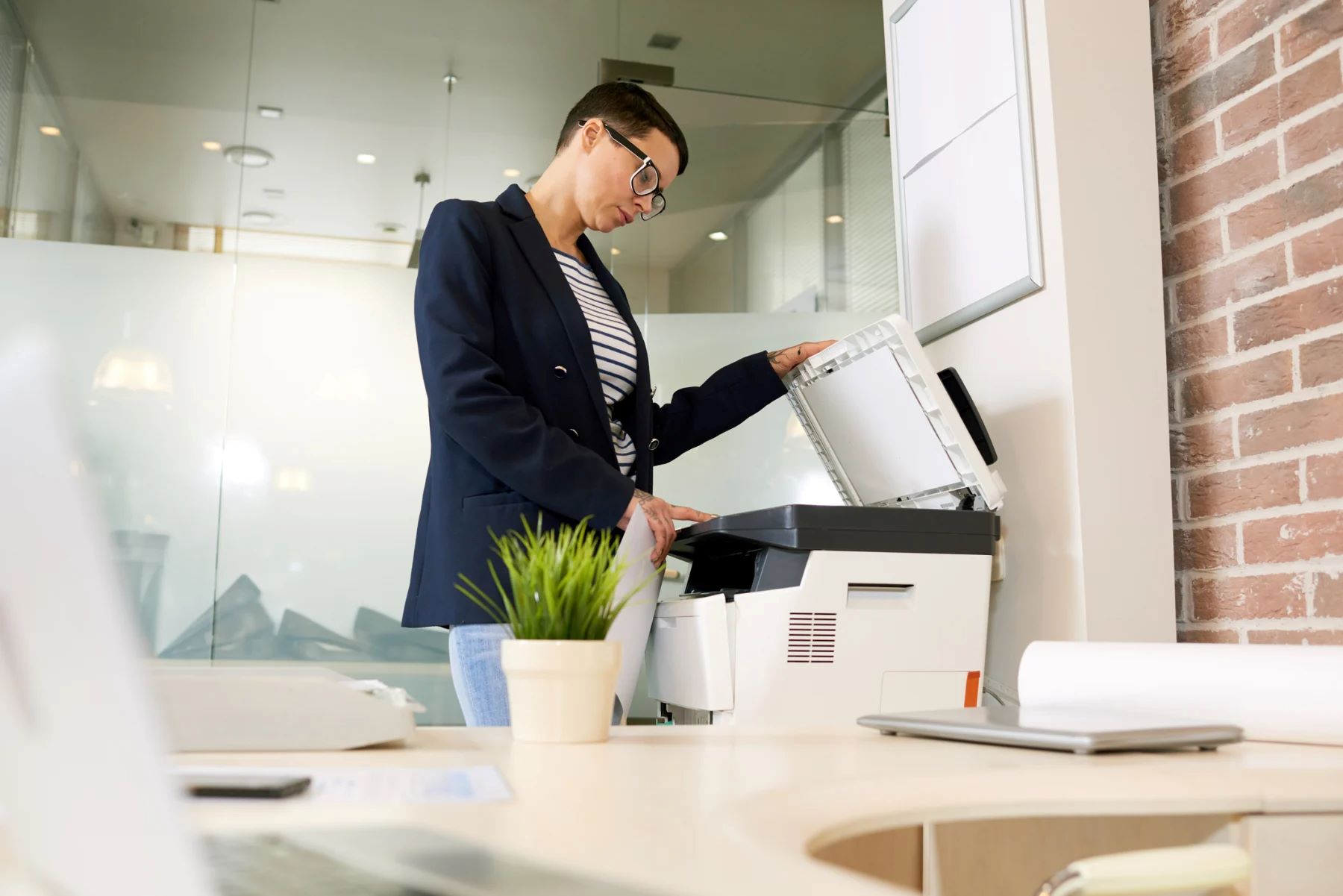
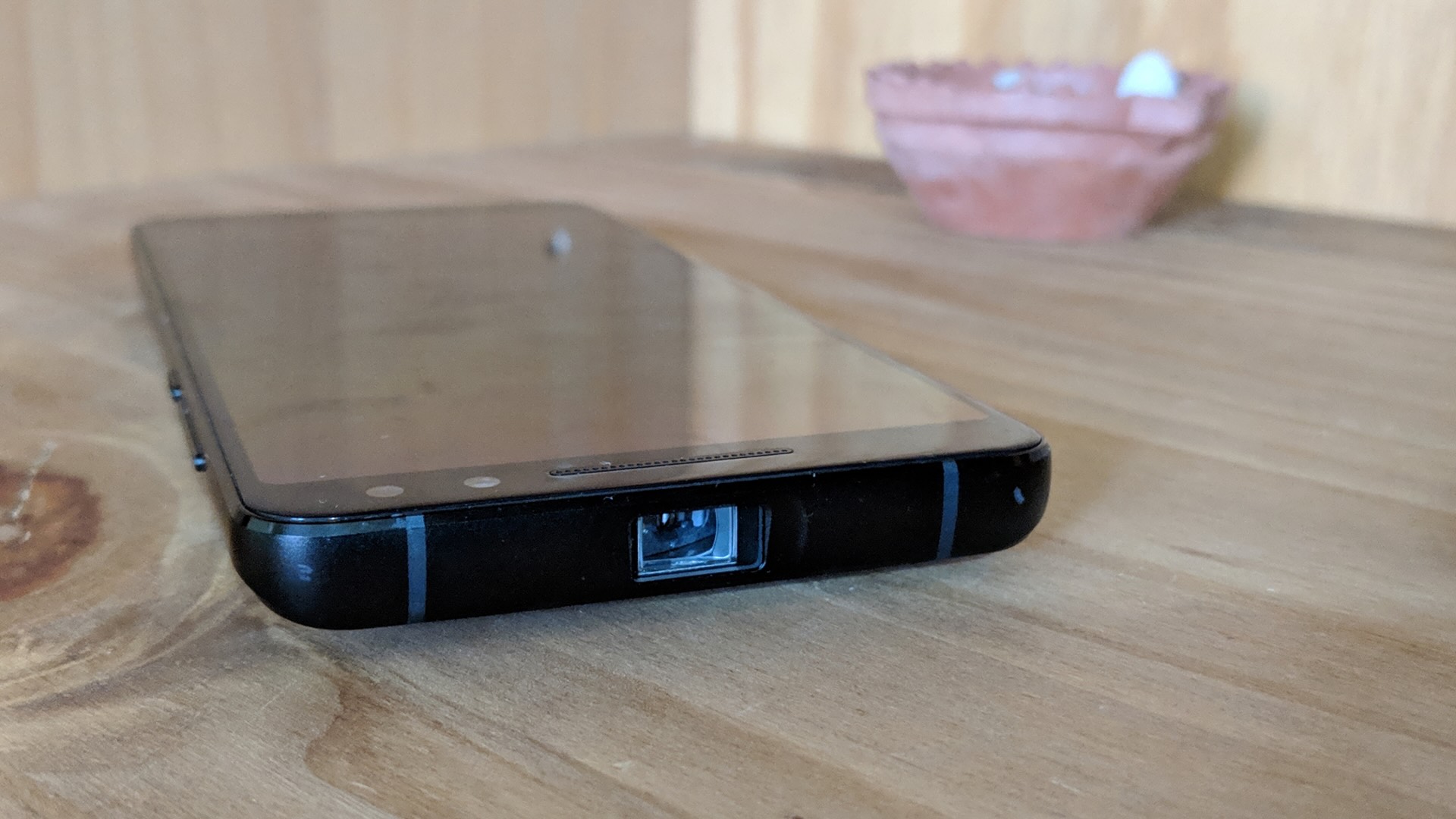

0 thoughts on “How Do I Turn My Phone Into A Projector”